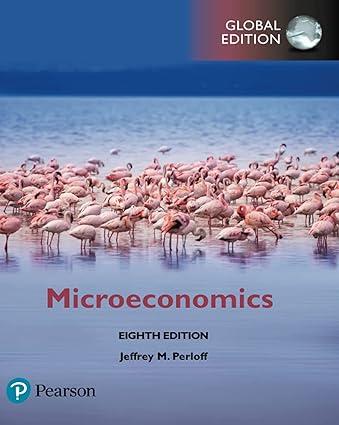Suppose there are two firms, each headquartered in a different country, that are competing in the world
Question:
Suppose there are two firms, each headquartered in a different country, that are competing in the world market for business aircraft. The inverse market demand curve is \(p=1-Q\), where \(Q=q_{1}+q_{2}\), and each firm has the same constant marginal and average cost, \(M C=A C=0.4\). Equilibrium in the market is initially Nash-Cournot. The government of the "domestic" country then decides to subsidize its aviation firm to give it a strategic cost advantage over the "foreign" firm. The reduction in its marginal (and average) cost of production allows the domestic firm to increase its output and profit at the expense of the foreign firm, and this increases domestic national income at the expense of the other country. How large a subsidy would be needed to increase the domestic firm's profit to the level of a Stackelberg leader? Show that with this subsidy, the foreign firm produces the Stackelberg follower quantity in equilibrium.
Step by Step Answer:






